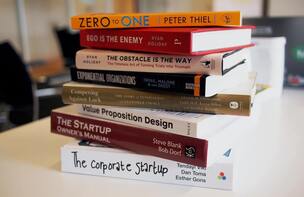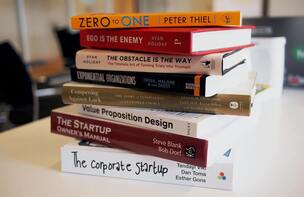|
The Power of
Customer Discovery Customer Discovery is an essential part of your toolkit to understand what customers need and are willing to pay for. Read more...
|
|
|
Use Customer Discovery for Better
Funding Success with VCs Hint: look for the red and black dots.
The odds of raising VC money are staggering - against you. This amazing visualization tells the incredible story. Learn more... |
US Market Readiness
Getting Ready for the US Market
Market entry to the US is complex, expensive and time-consuming. Make sure you get a head-start! Learn more... |






 RSS Feed
RSS Feed